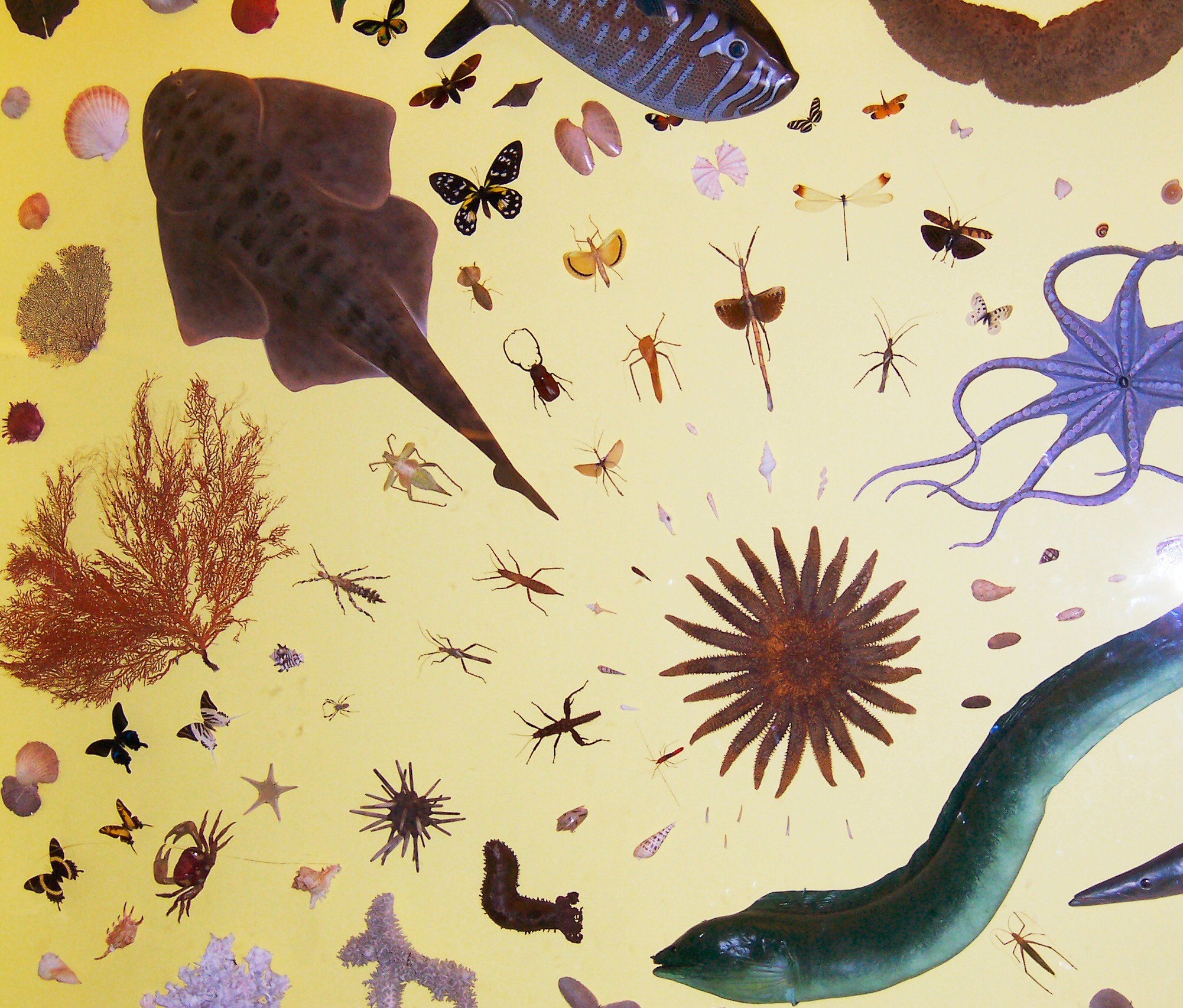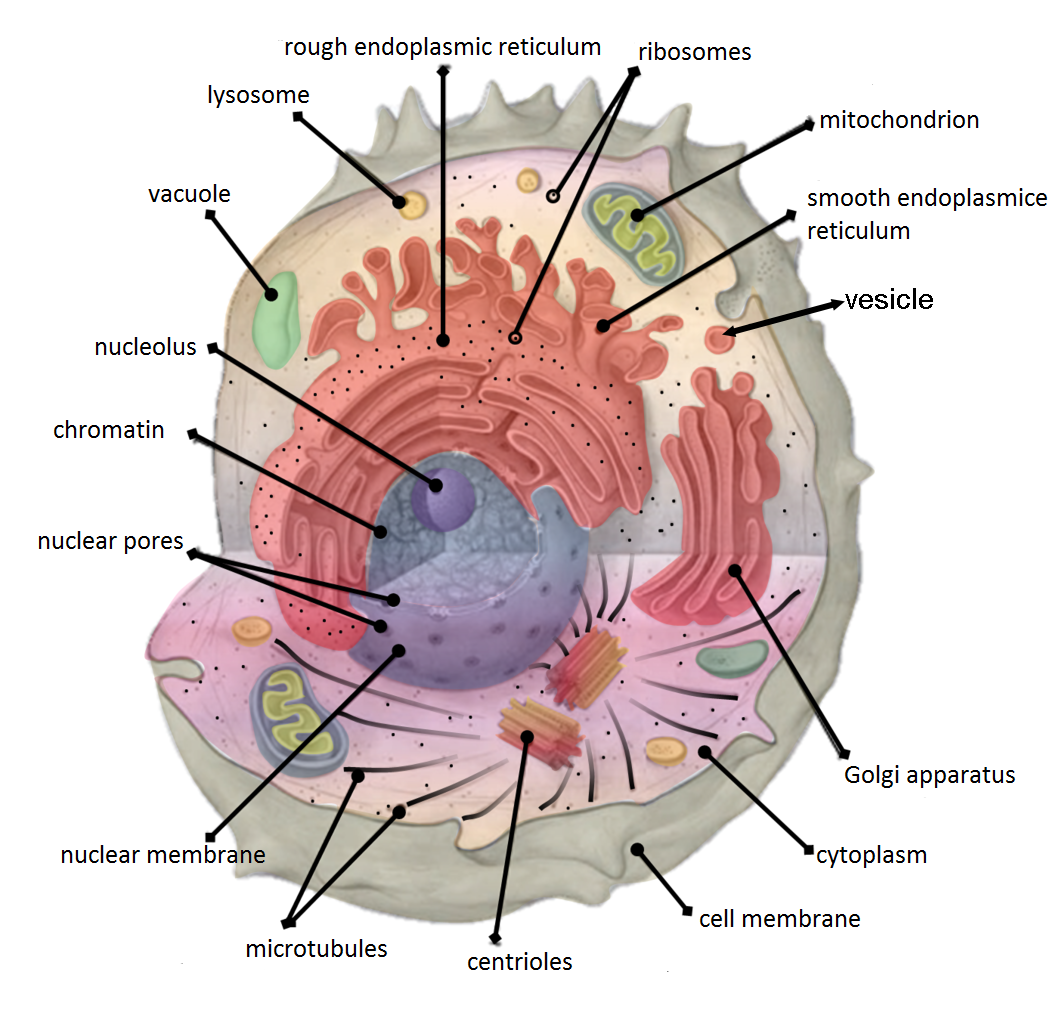|
Desmidiales
Desmidiales, commonly called the desmids (''Gr.'' ''desmos'', bond or chain), are an order in the Charophyta, a division of green algae in which the land plants ( Embryophyta) emerged. Desmids consist of single-celled (sometimes filamentous or colonial) microscopic green algae. Because desmids are highly symmetrical, attractive, and come in a diversity of forms, they are popular subjects for microscopists, both amateur and professional. The desmids belong to the class Zygnematophyceae. Although they are sometimes grouped together as a single family Desmidiaceae, most classifications recognize three to five families, usually within their own order, Desmidiales. The Desmidiales comprise around 40 genera and 5,000 to 6,000Brook, Alan J., 1981. ''The Biology of Desmids'', page 1. (Berkeley: University of California Press). species, found mostly but not exclusively in fresh water. In general, desmids prefer acidic waters (pH between 4.8 and 7.0), so many species may be found in ... [...More Info...] [...Related Items...] OR: [Wikipedia] [Google] [Baidu] |
Zygnematophyceae
Zygnematophyceae (or Conjugatophyceae) is a class of green algae in the paraphylum streptophyte algae, also referred to as Charophyta, consisting of more than 4000 described species. The Zygnematophyceae are the sister clade of the Embryophyta (land plants). Common members of the Zygnematophyceae include the filamentous algae ''Spirogyra'' and '' Mougeotia'', as well as desmids, which are microscopic algae characterized by symmetrical and elaborately ornate cells. Morphology The body plan of Zygnematophyceae is simple, and the group appears to have gone through a secondary loss of morphological complexity. The most basal members are unicellular, but filamentous species have evolved at least five times, and a few species form colonies. Each cell contains a single nucleus. The chloroplasts of the Zygnematophyceae are large, typically axile but sometimes parietally located, and contain one or several pyrenoids. One or several chloroplasts may be present in a single cell. The shape ... [...More Info...] [...Related Items...] OR: [Wikipedia] [Google] [Baidu] |
Desmidiaceae
The Desmidiaceae are one of four family (biology), families of Charophyta, charophyte green algae in the order (biology), order Desmidiales (desmids).See the National Center for Biotechnology Information, NCBI]webpage on Desmidiaceae Data extracted from the Desmids in the family Desmidiaceae consist of single-celled (sometimes filamentous or colonial), microscopic green algae. Because they are highly symmetrical, attractive, and come in a diversity of forms, they are popular subjects for microscopy, microscopists, both amateur and professional. Within the desmids (Desmidiales), Desmidiaceae contains tens of genera and thousands of species, making it by far the largest family. Desmidiaceae includes some of the largest and most complex desmid genera, such as ''Micrasterias'', ''Cosmarium'', ''Staurastrum'', and ''Euastrum''. Description Desmids are single-celled (sometimes filamentous or colonial) algae, which are generally constricted in the middle, having two identical halves c ... [...More Info...] [...Related Items...] OR: [Wikipedia] [Google] [Baidu] |
Gonatozygaceae
The Gonatozygaceae are one of four families of Charophyte green algae in the order Desmidiales (desmids). Genera , AlgaeBase accepted two genera: * '' Genicularina'' Molinari & Guiry * '' Gonatozygon'' De Bary ( syn. ''Leptocystinema'') ''Genicularia'' is an illegitimate name ''Nomen illegitimum'' (Latin for illegitimate name) is a technical term used mainly in botany. It is usually abbreviated as ''nom. illeg.'' Although the International Code of Nomenclature for algae, fungi, and plants uses Latin terms as qualif ... for ''Genicularina''. References Zygnematophyceae families Desmidiales {{green algae-stub ... [...More Info...] [...Related Items...] OR: [Wikipedia] [Google] [Baidu] |
Closteriaceae
The Closteriaceae are one of four families of Charophyte green algae in the order Desmidiales (desmids). It contains two genera, '' Closterium'' and '' Spinoclosterium''. Description Closteriaceae consists of individual cells that are longer than wide. The cell shape ranges from straight to curved (lunate), with some species having cells curved only at the poles. The cell wall is hyaline or brownish in color, and may be covered with various ornamentation such as grooves, ribs, scores, and polar thickenings. Cells contain axial chloroplasts with several pyrenoid Pyrenoids are sub-cellular phase-separated micro-compartments found in chloroplasts of many algae,Giordano, M., Beardall, J., & Raven, J. A. (2005). CO2 concentrating mechanisms in algae: mechanisms, environmental modulation, and evolution. ''An ...s. References Zygnematophyceae families Desmidiales {{green algae-stub ... [...More Info...] [...Related Items...] OR: [Wikipedia] [Google] [Baidu] |
Zygnematales
The Zygnematales ( (''zygós'') and νῆμα (''nḗma'') ( nom.), νήματος (''nḗmatos'') ( gen.)), also called the Conjugatales, are an order of green algae, comprising several thousand different species in two families. The larger family Zygnemataceae, with well-known genera such as ''Zygnema'' and ''Spirogyra'', includes members that grow as unbranched filaments, which grow longer through normal cell division. This group includes the desmids. Most members of both families live in freshwater, and form an important component of the algal scum that grows on or near plants and rocks. Systematically they fall within the division Charophyta/ Streptophyta, in which the land plants ( Embryophyta) emerged. Sexual reproduction in Zygnematales takes place through a process called ''conjugation''. Here filaments of opposite gender line up, and tubes form between corresponding cells. The male cells then become amoeboid and crawl across, or sometimes both cells crawl into the tu ... [...More Info...] [...Related Items...] OR: [Wikipedia] [Google] [Baidu] |
Peniaceae
''Penium'' is a genus of green algae, and the sole member of the family Peniaceae.See the NCBI The National Center for Biotechnology Information (NCBI) is part of the National Library of Medicine (NLM), a branch of the National Institutes of Health (NIH). It is approved and funded by the government of the United States. The NCBI is loca ...br>webpage on Penium Data extracted from the The genus contains about 39 species. References External links * AlgaTerra databaseIndex Nominum Genericorum Desmidiales Charophyta genera {{green algae-stub ... [...More Info...] [...Related Items...] OR: [Wikipedia] [Google] [Baidu] |
Chloroplast
A chloroplast () is a type of membrane-bound organelle, organelle known as a plastid that conducts photosynthesis mostly in plant cell, plant and algae, algal cells. Chloroplasts have a high concentration of chlorophyll pigments which capture the Radiant energy, energy from sunlight and convert it to chemical energy and release oxygen. The chemical energy created is then used to make sugar and other organic molecules from carbon dioxide in a process called the Calvin cycle. Chloroplasts carry out a number of other functions, including fatty acid synthesis, amino acid synthesis, and the immune response in plants. The number of chloroplasts per cell varies from one, in some unicellular algae, up to 100 in plants like ''Arabidopsis'' and wheat. Chloroplasts are highly dynamic—they circulate and are moved around within cells. Their behavior is strongly influenced by environmental factors like light color and intensity. Chloroplasts cannot be made anew by the plant cell and must ... [...More Info...] [...Related Items...] OR: [Wikipedia] [Google] [Baidu] |
Flagella
A flagellum (; : flagella) (Latin for 'whip' or 'scourge') is a hair-like appendage that protrudes from certain plant and animal sperm cells, from fungal spores ( zoospores), and from a wide range of microorganisms to provide motility. Many protists with flagella are known as flagellates. A microorganism may have from one to many flagella. A gram-negative bacterium '' Helicobacter pylori'', for example, uses its flagella to propel itself through the stomach to reach the mucous lining where it may colonise the epithelium and potentially cause gastritis, and ulcers – a risk factor for stomach cancer. In some swarming bacteria, the flagellum can also function as a sensory organelle, being sensitive to wetness outside the cell. Across the three domains of Bacteria, Archaea, and Eukaryota, the flagellum has a different structure, protein composition, and mechanism of propulsion but shares the same function of providing motility. The Latin word means " whip" to describe its ... [...More Info...] [...Related Items...] OR: [Wikipedia] [Google] [Baidu] |
Symmetry In Biology
Symmetry in biology refers to the symmetry observed in organisms, including plants, animals, fungi, and bacteria. External symmetry can be easily seen by just looking at an organism. For example, the face of a human being has a plane of symmetry down its centre, or a pine cone displays a clear symmetrical spiral pattern. Internal features can also show symmetry, for example the tubes in the human body (responsible for transporting gases, nutrients, and waste products) which are cylindrical and have several planes of symmetry. Biological symmetry can be thought of as a balanced distribution of duplicate body parts or shapes within the body of an organism. Importantly, unlike in mathematics, symmetry in biology is always approximate. For example, plant leaves – while considered symmetrical – rarely match up exactly when folded in half. Symmetry is one class of patterns in nature whereby there is near-repetition of the pattern element, either by reflection or rotation. W ... [...More Info...] [...Related Items...] OR: [Wikipedia] [Google] [Baidu] |
Cellular Compartment
Cellular compartments in cell biology comprise all of the closed parts within the cytosol of a eukaryotic cell, usually surrounded by a single or double lipid layer membrane. These compartments are often, but not always, defined as membrane-bound organelles. The formation of cellular compartments is called compartmentalization. Both organelles, the mitochondria and chloroplasts (in photosynthetic organisms), are compartments that are believed to be of endosymbiotic origin. Other compartments such as peroxisomes, lysosomes, the endoplasmic reticulum, the cell nucleus or the Golgi apparatus are not of endosymbiotic origin. Smaller elements like vesicles, and sometimes even microtubules can also be counted as compartments. It was thought that compartmentalization is not found in prokaryotic cells., but the discovery of carboxysomes and many other metabolosomes revealed that prokaryotic cells are capable of making compartmentalized structures, albeit these are in most cases ... [...More Info...] [...Related Items...] OR: [Wikipedia] [Google] [Baidu] |
Micrasterias Furcata
''Micrasterias furcata'' is a species of unicellular Desmidiaceae, desmid which inhabits freshwater areas. ''M. furcata'' is round, flattened and lobed in body plan. Description ''M. furcata'' generally has a sphere-like body shape, with five lobes on each side, all 10 of the lobes divide into two other much smaller lobes which makes one side of ''M. furcata'' have 15 lobes (while also including those which divide into smaller lobes). References Desmidiaceae Charophyta species {{green algae-stub ... [...More Info...] [...Related Items...] OR: [Wikipedia] [Google] [Baidu] |
Photosynthesis
Photosynthesis ( ) is a system of biological processes by which photosynthetic organisms, such as most plants, algae, and cyanobacteria, convert light energy, typically from sunlight, into the chemical energy necessary to fuel their metabolism. ''Photosynthesis'' usually refers to oxygenic photosynthesis, a process that produces oxygen. Photosynthetic organisms store the chemical energy so produced within intracellular organic compounds (compounds containing carbon) like sugars, glycogen, cellulose and starches. To use this stored chemical energy, an organism's cells metabolize the organic compounds through cellular respiration. Photosynthesis plays a critical role in producing and maintaining the oxygen content of the Earth's atmosphere, and it supplies most of the biological energy necessary for complex life on Earth. Some bacteria also perform anoxygenic photosynthesis, which uses bacteriochlorophyll to split hydrogen sulfide as a reductant instead of water, p ... [...More Info...] [...Related Items...] OR: [Wikipedia] [Google] [Baidu] |

